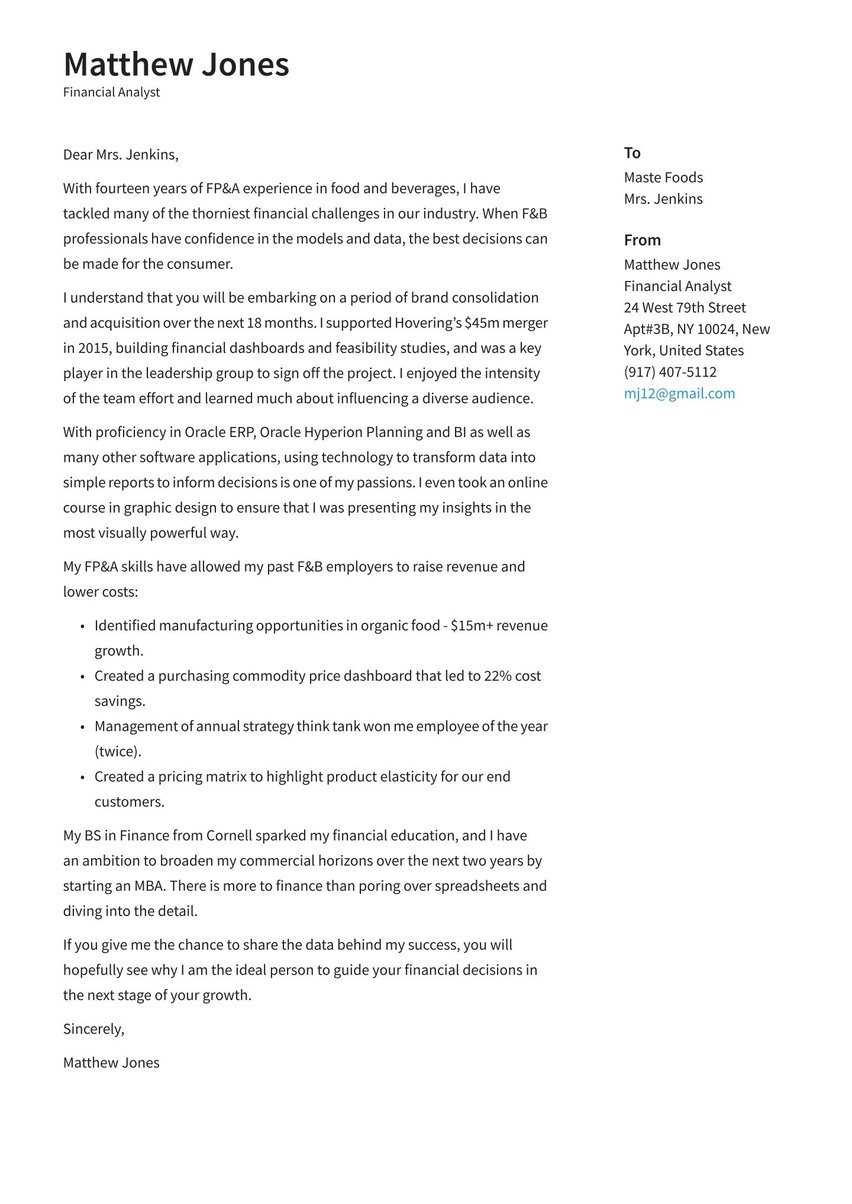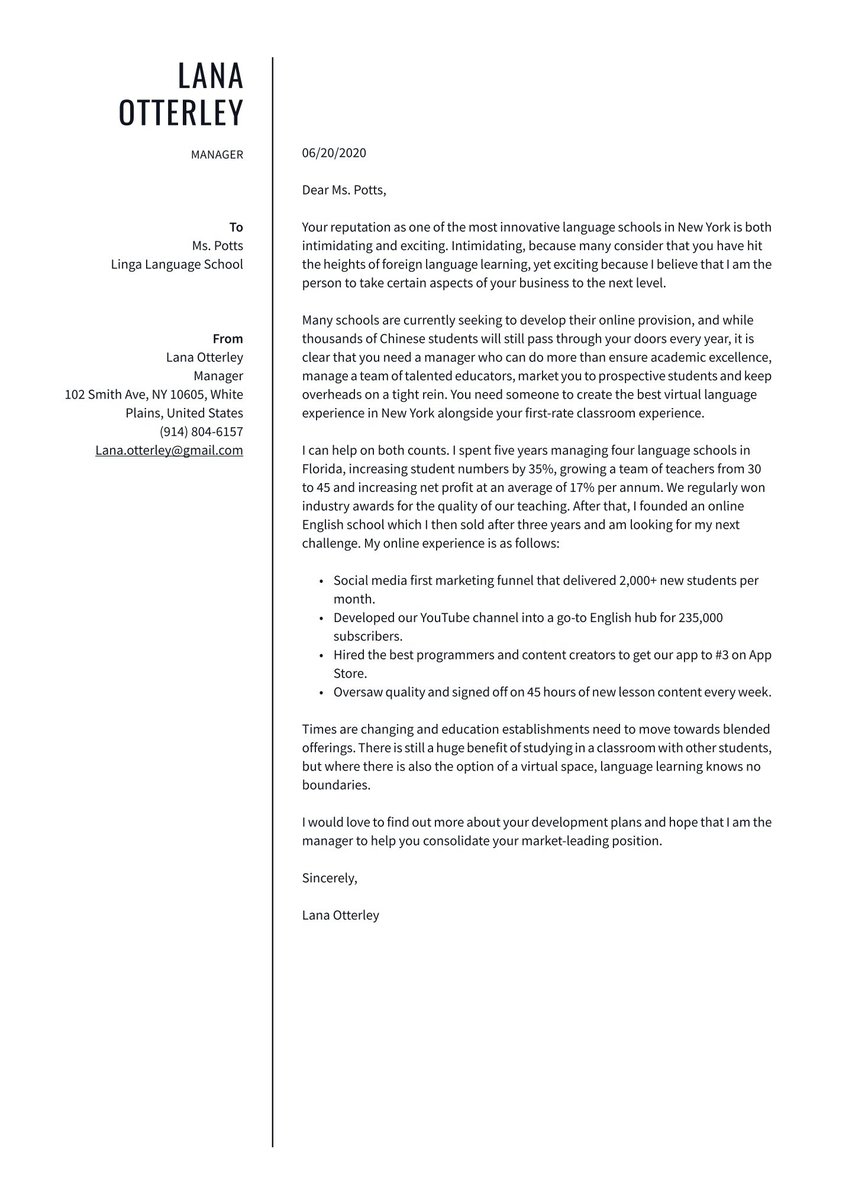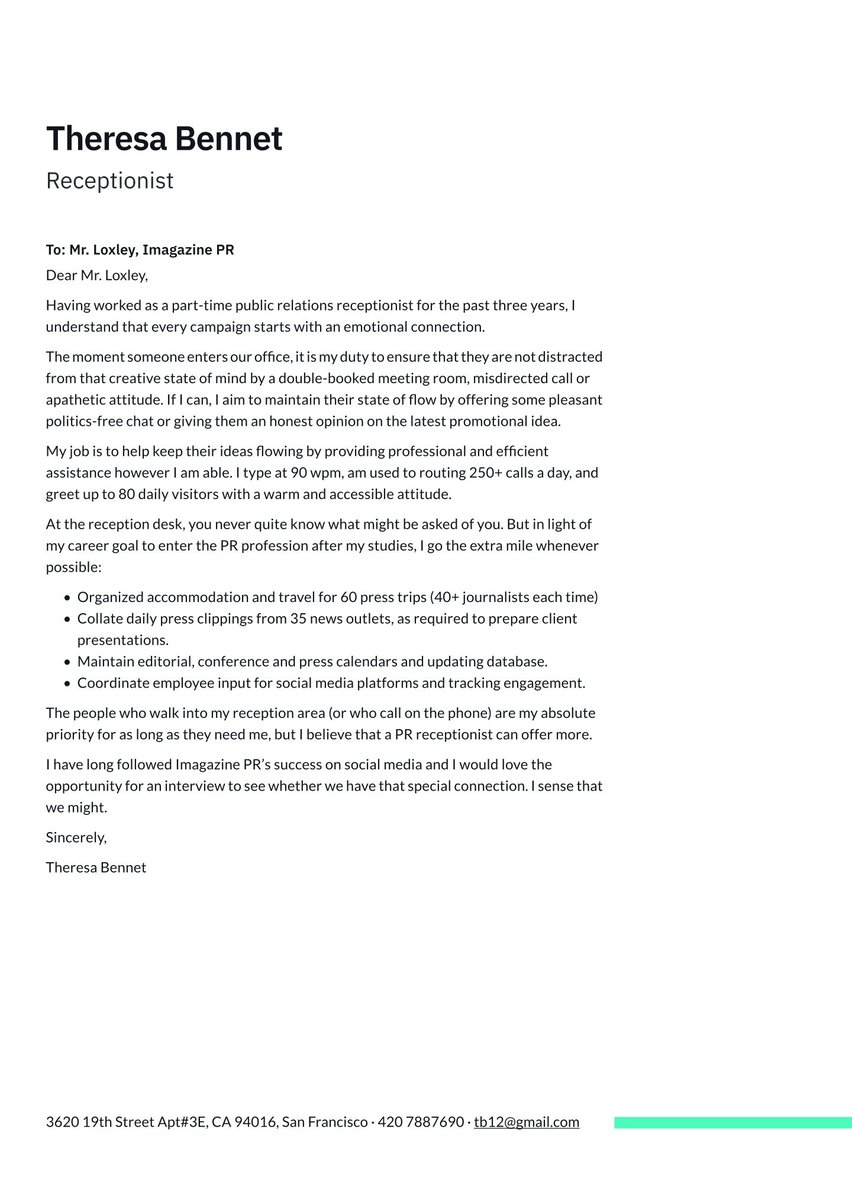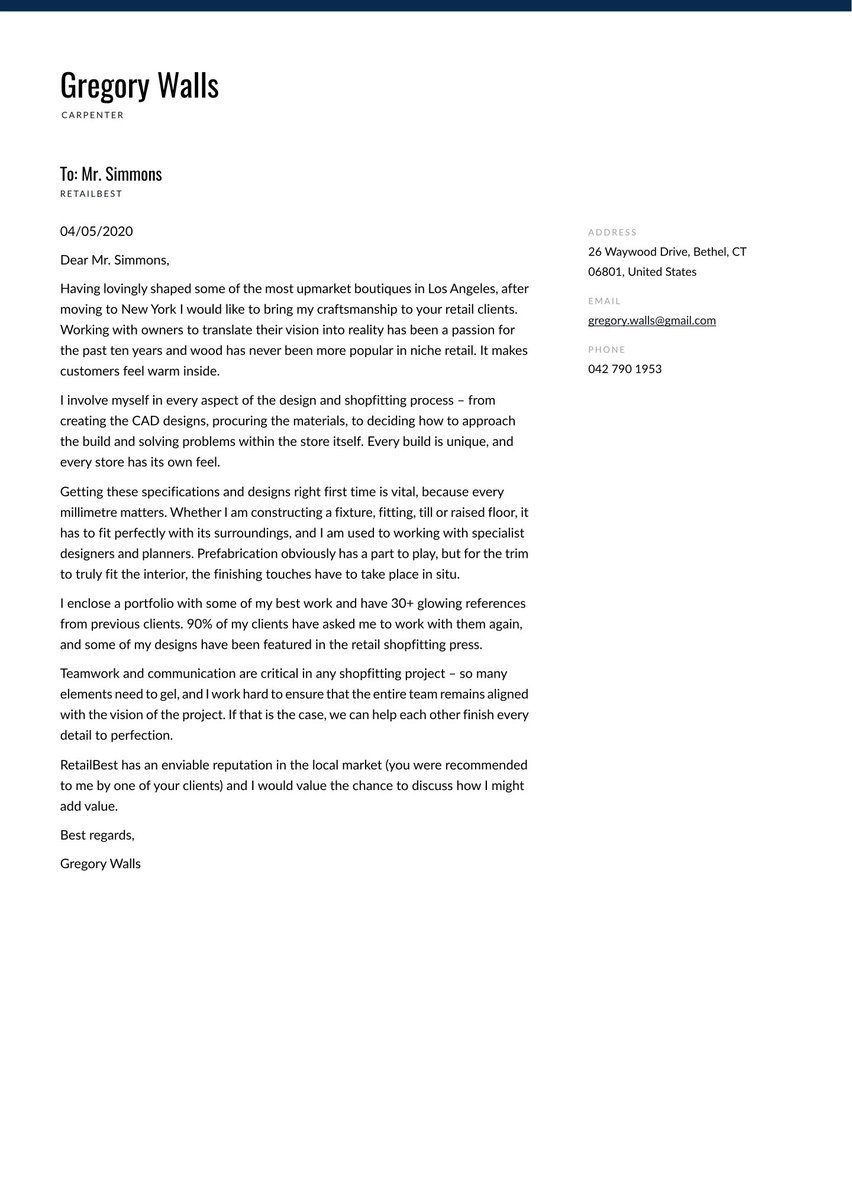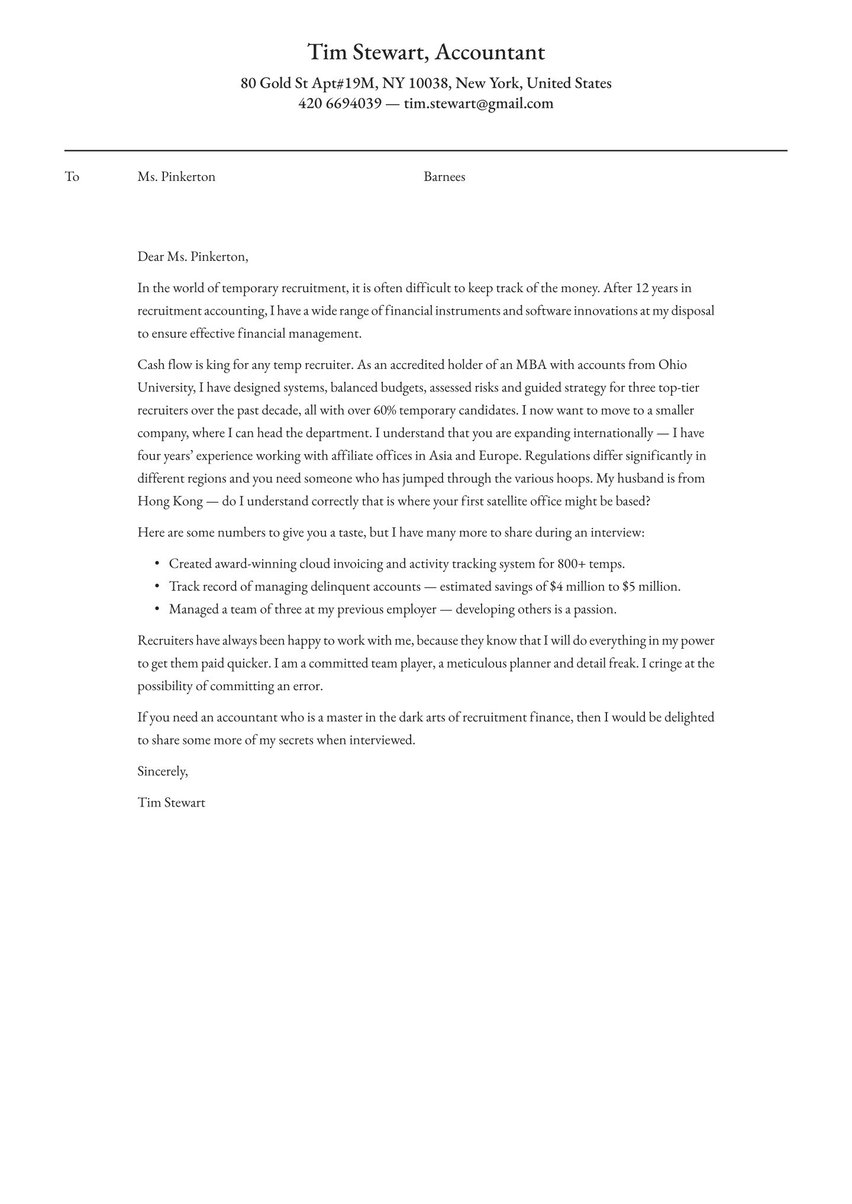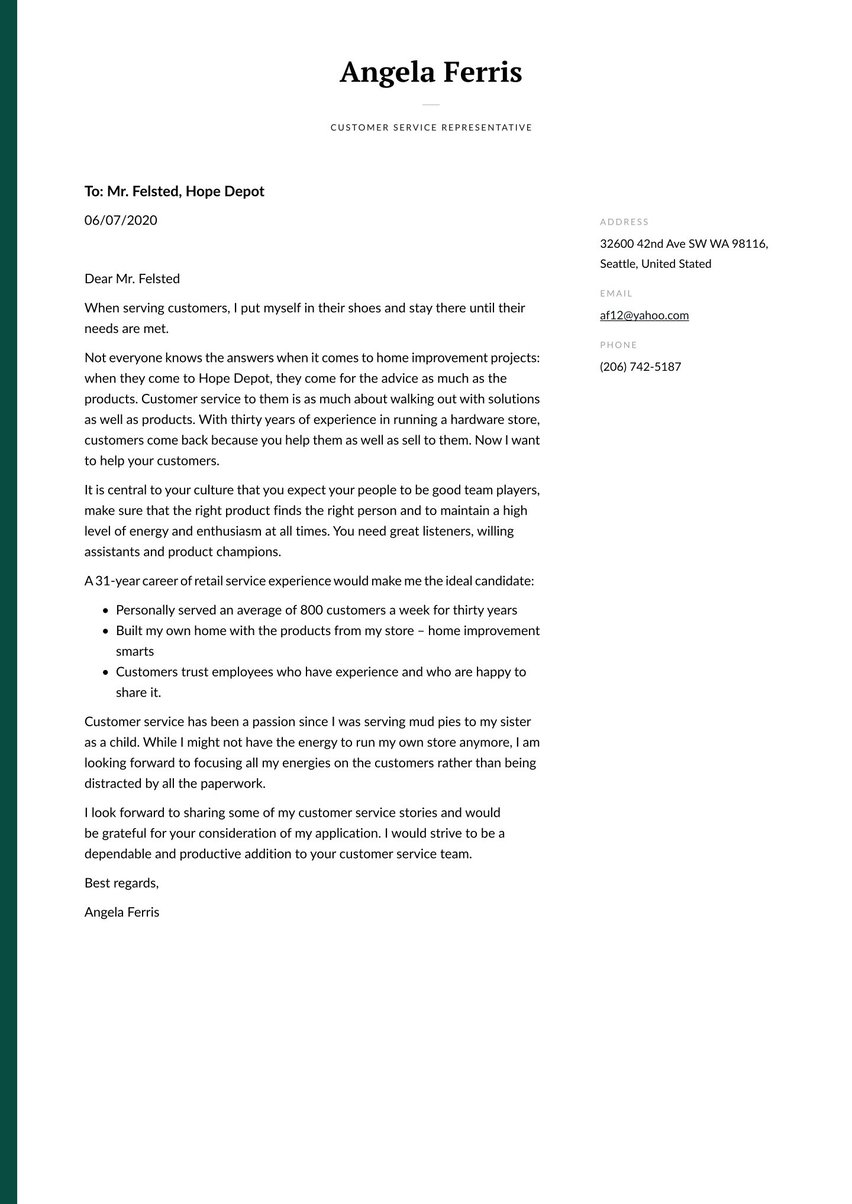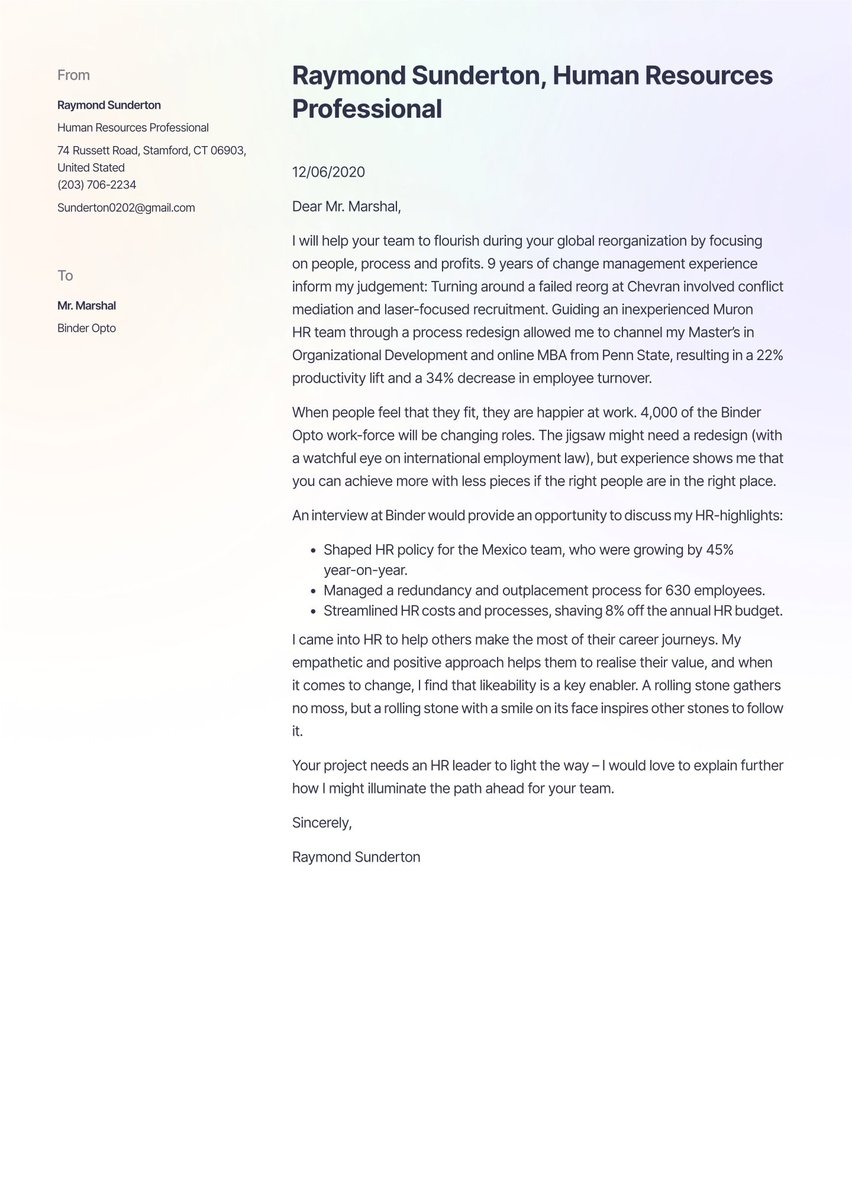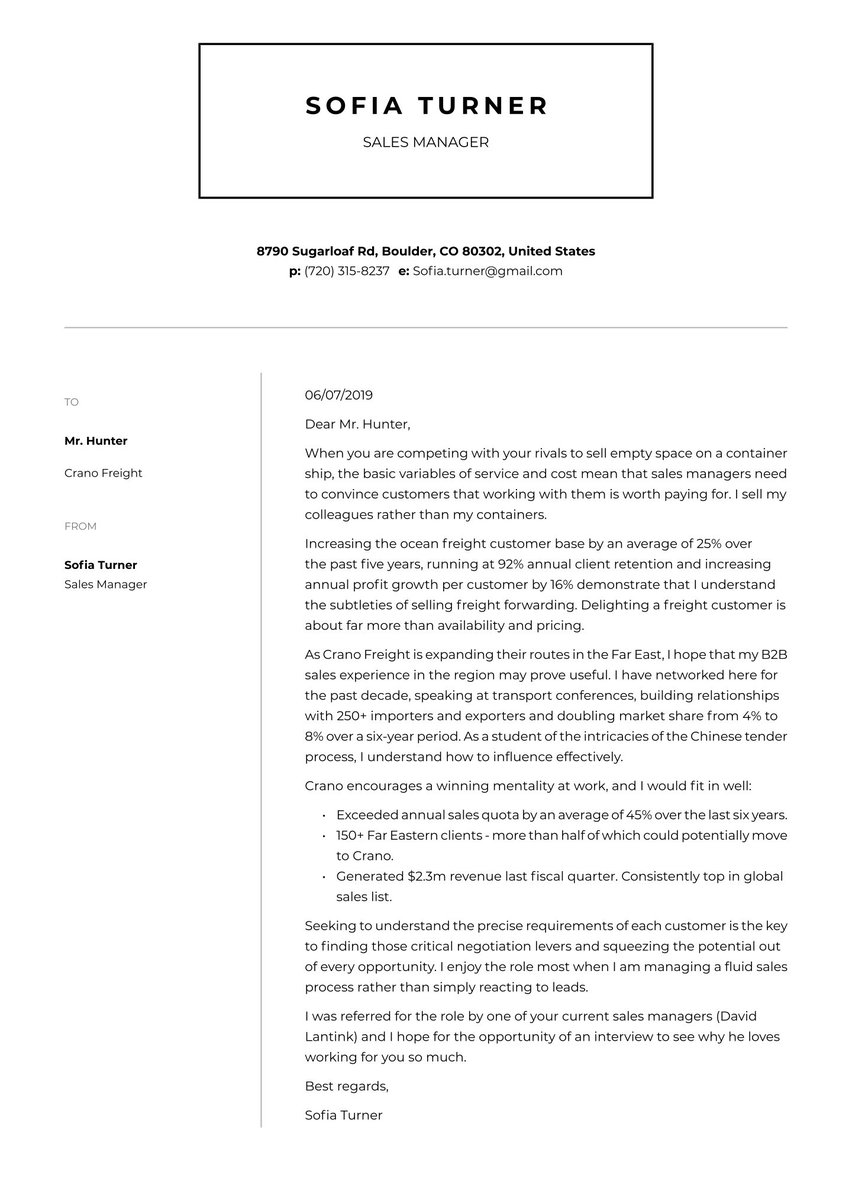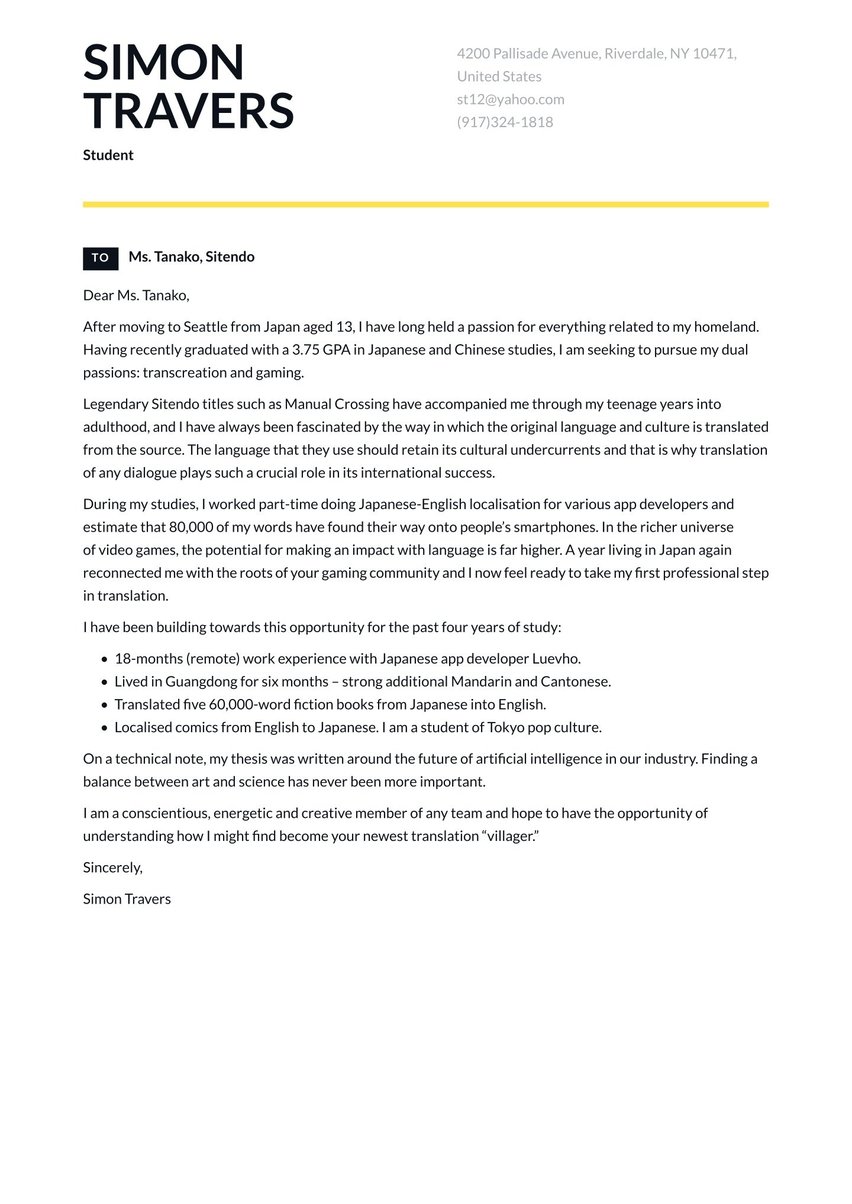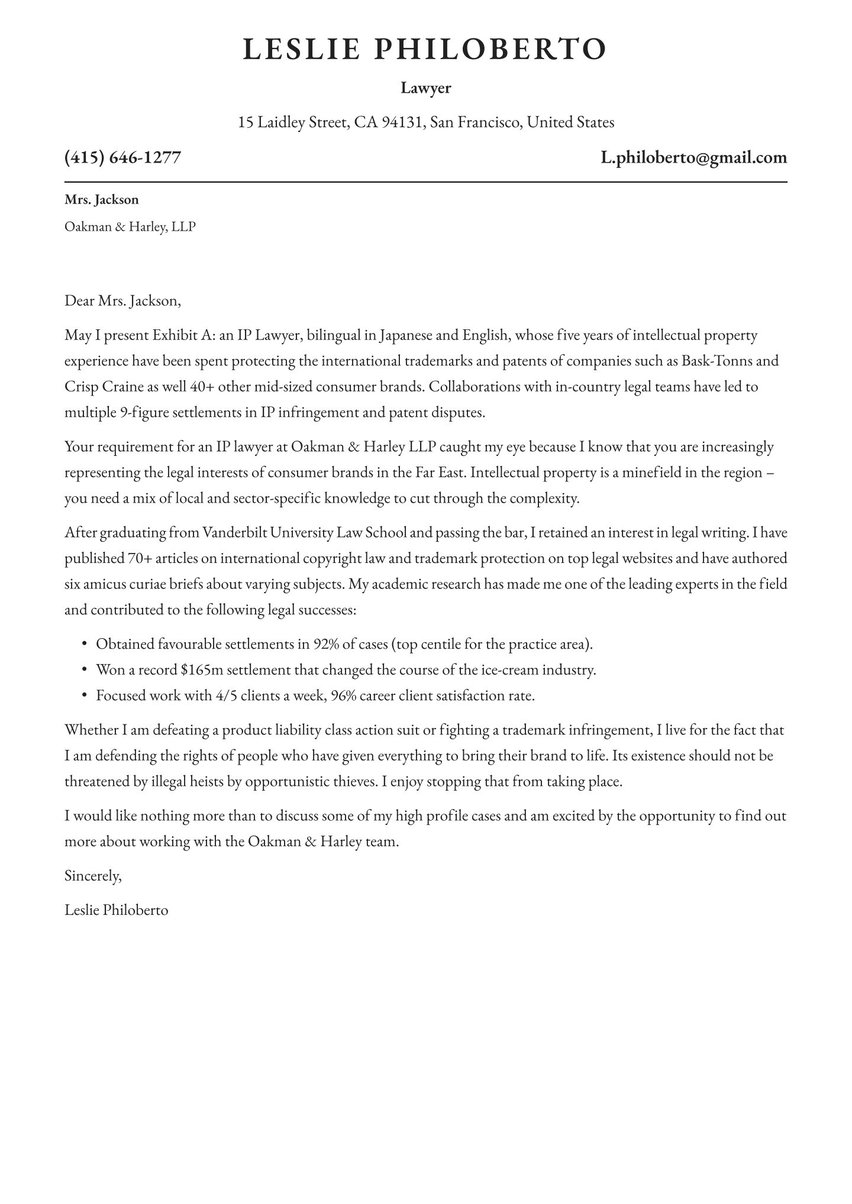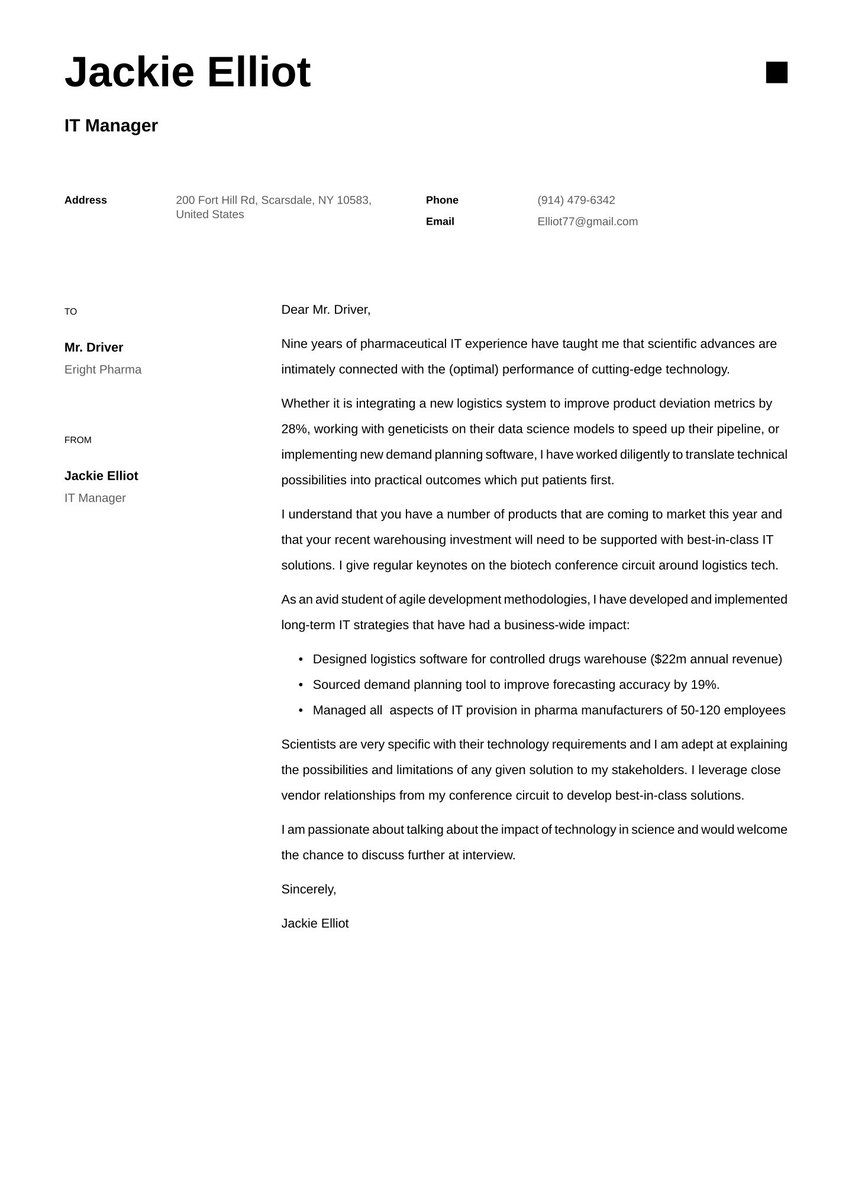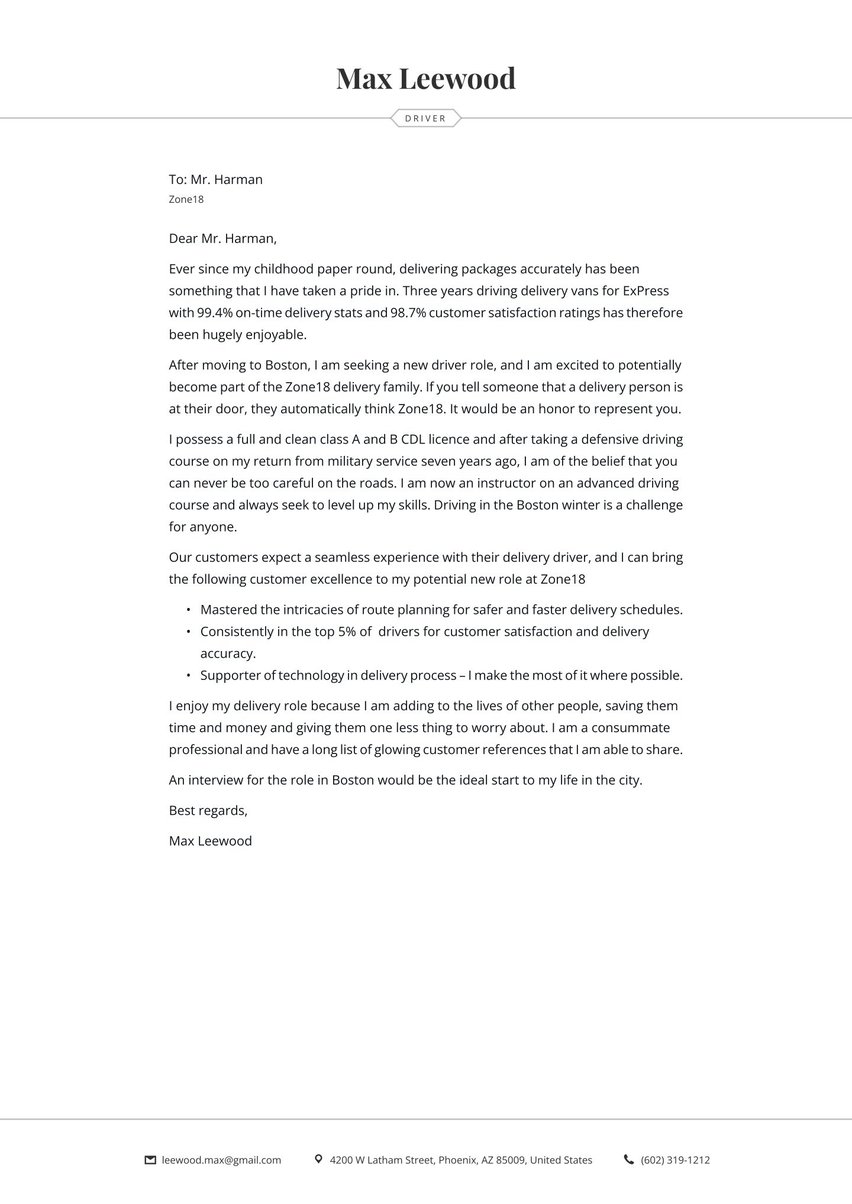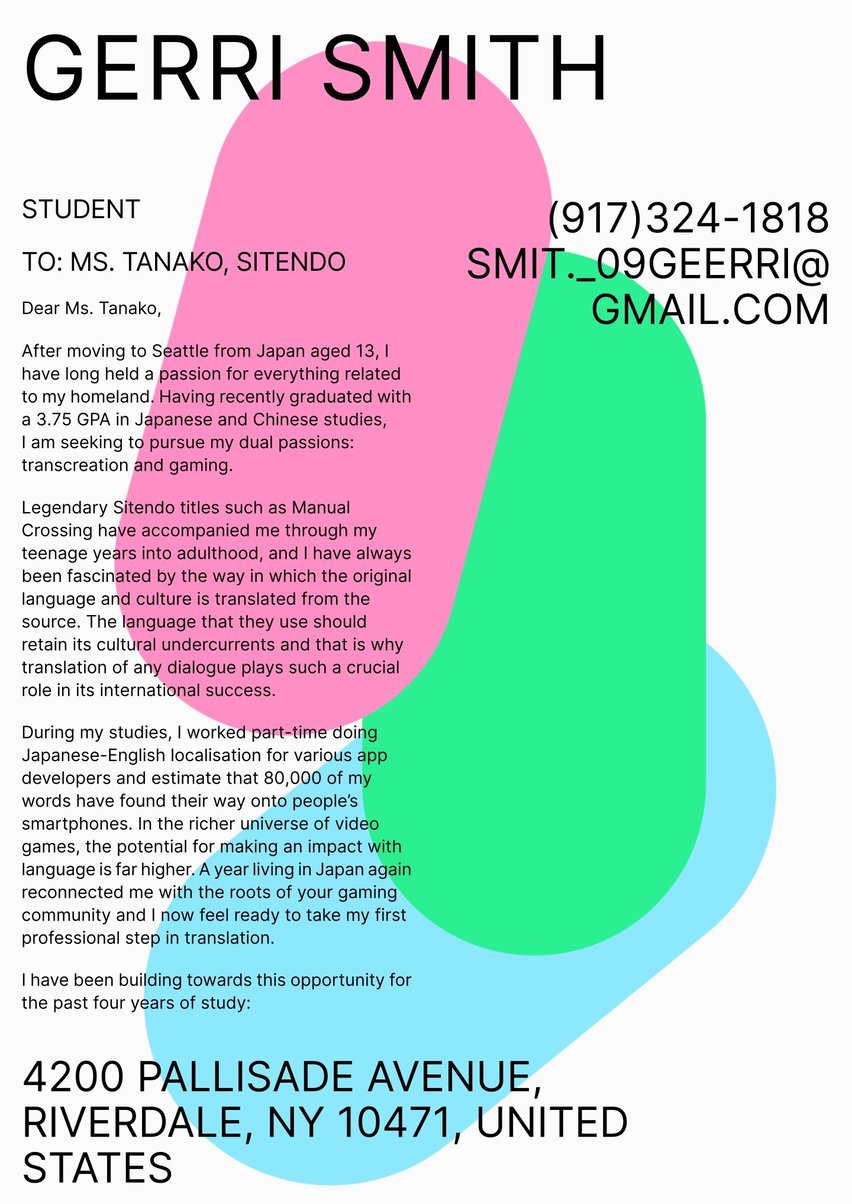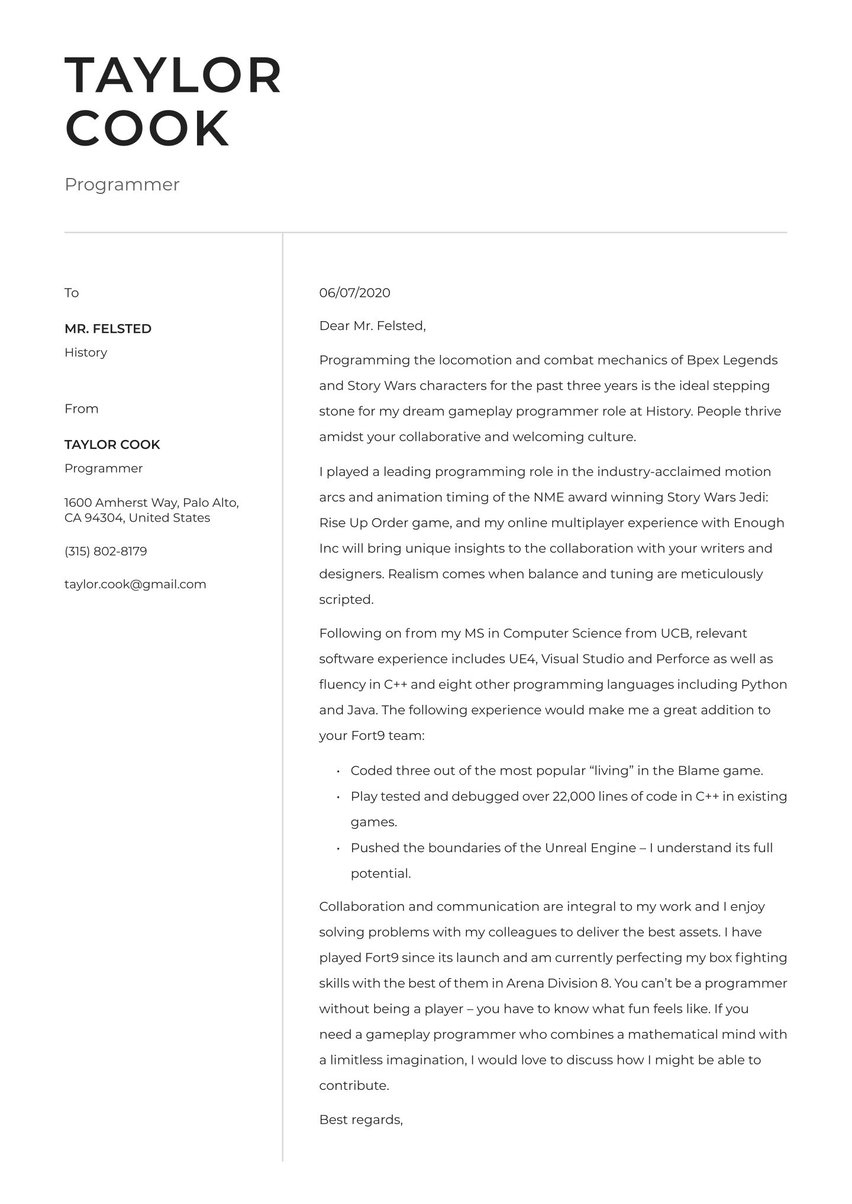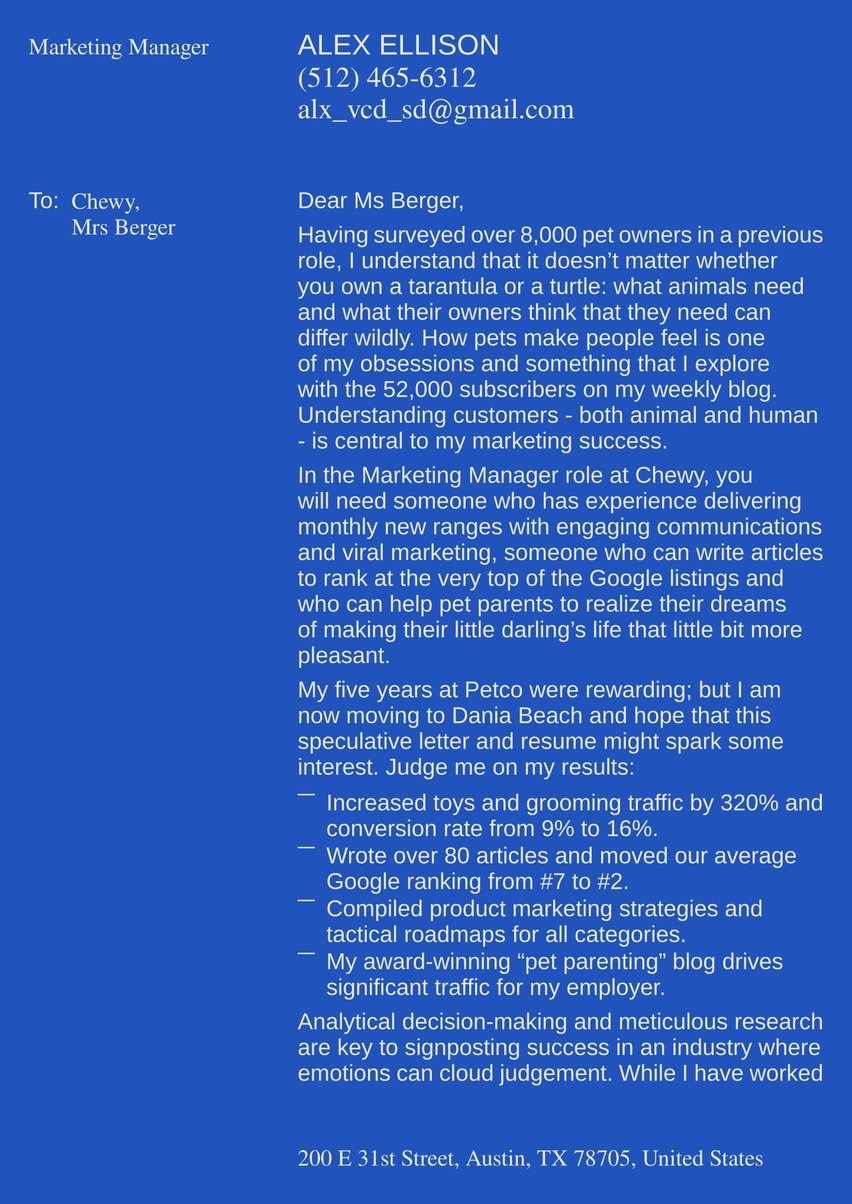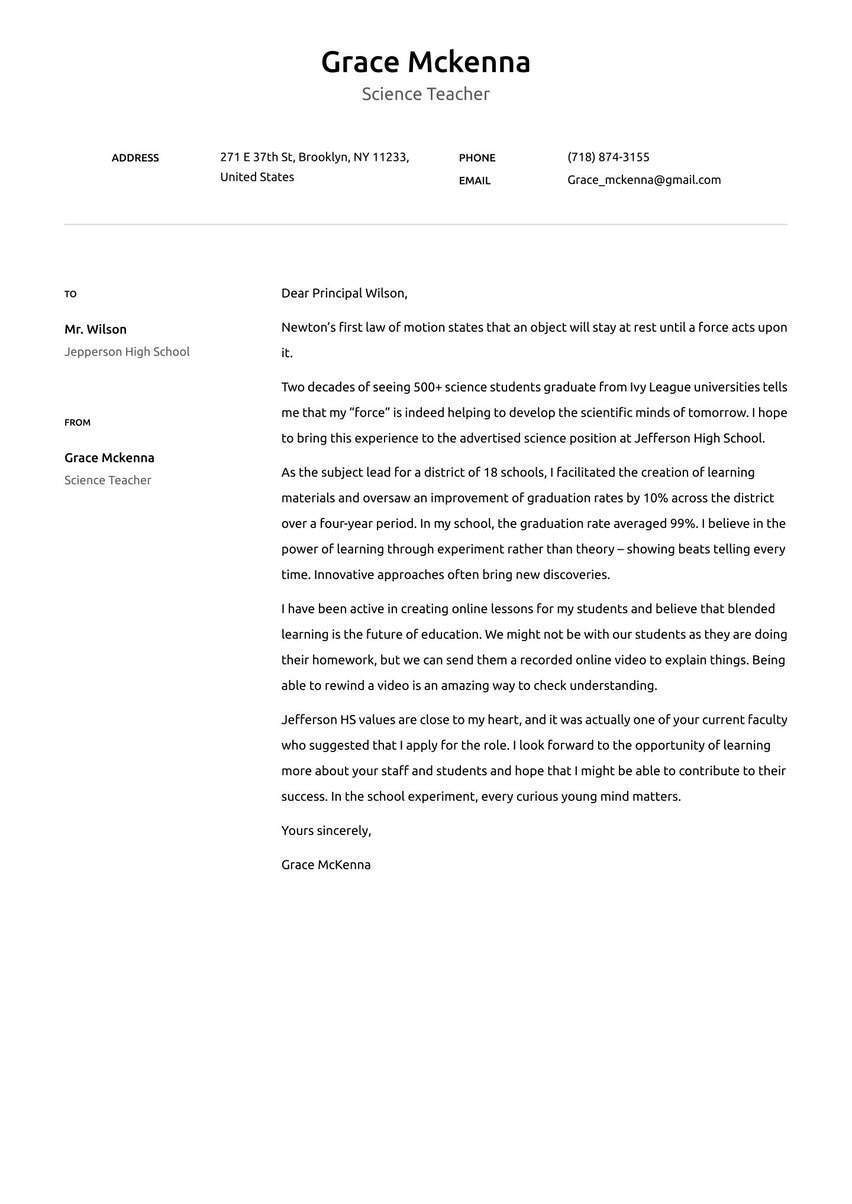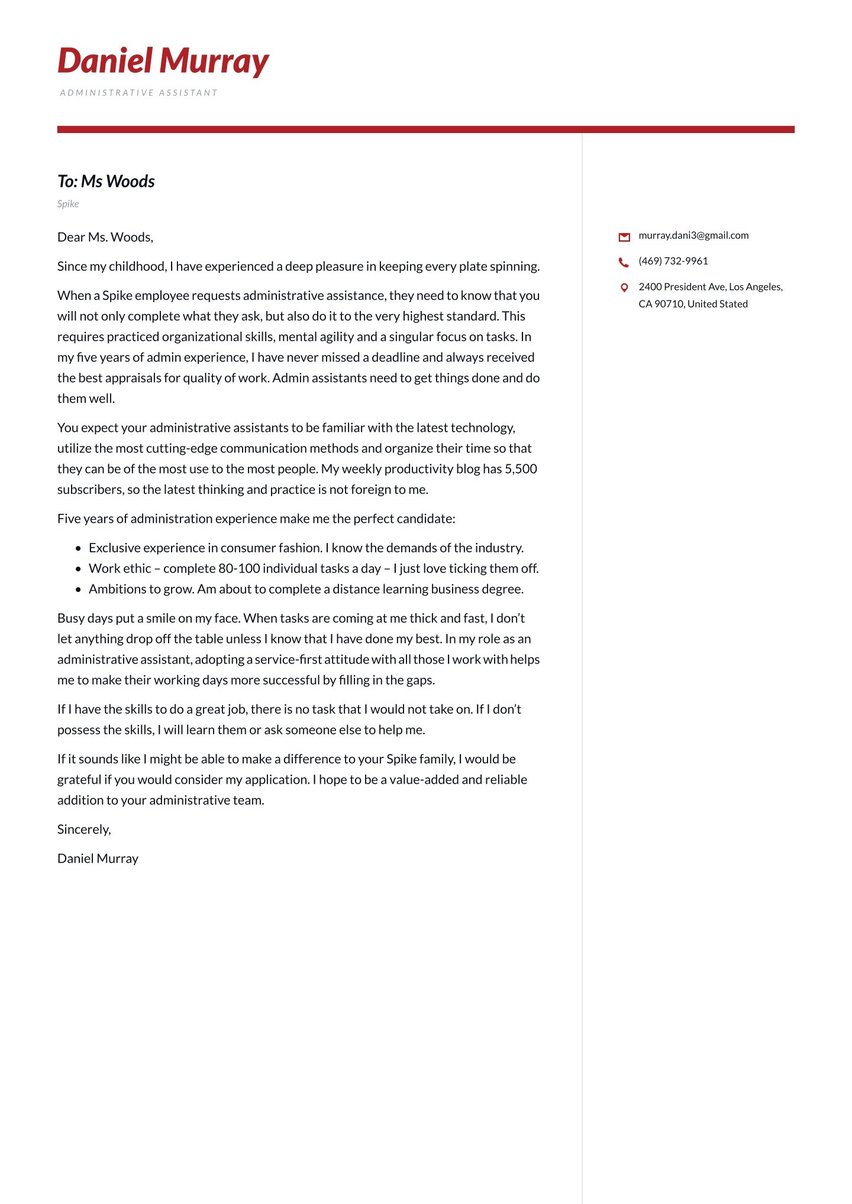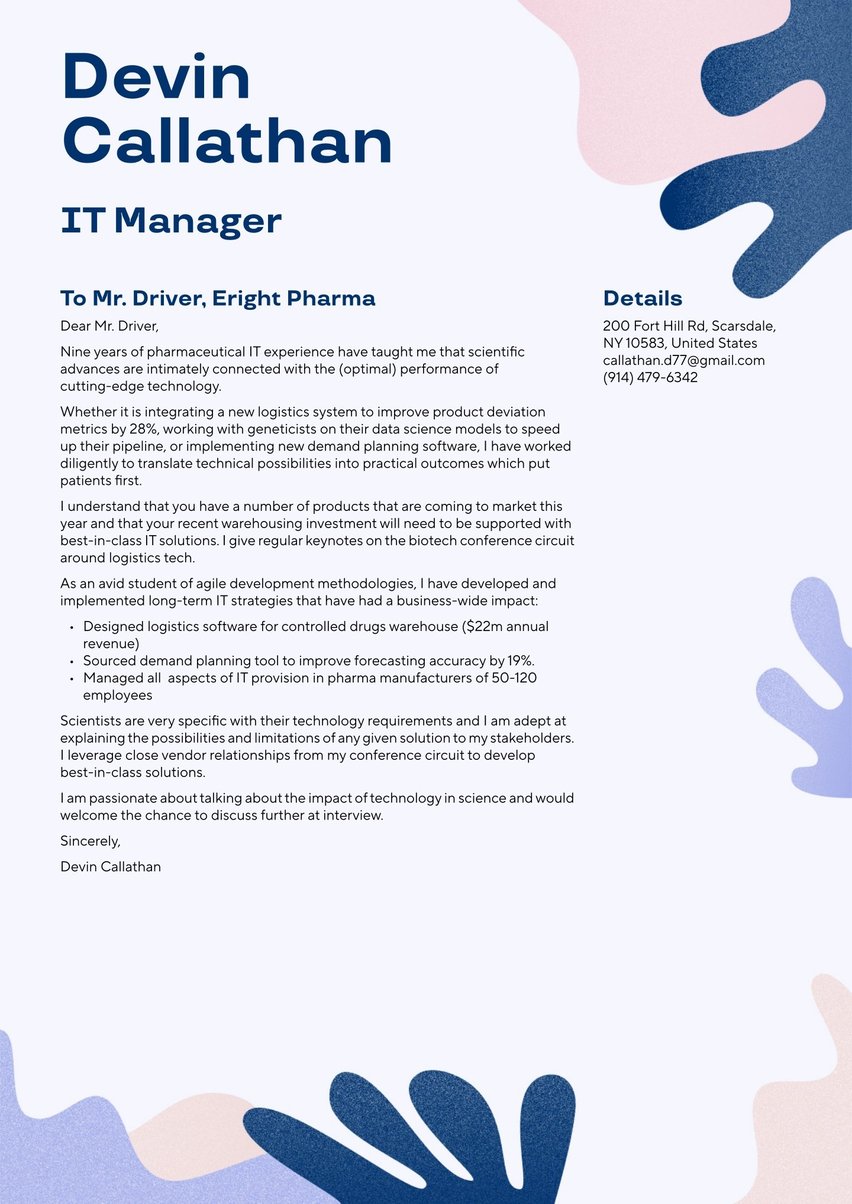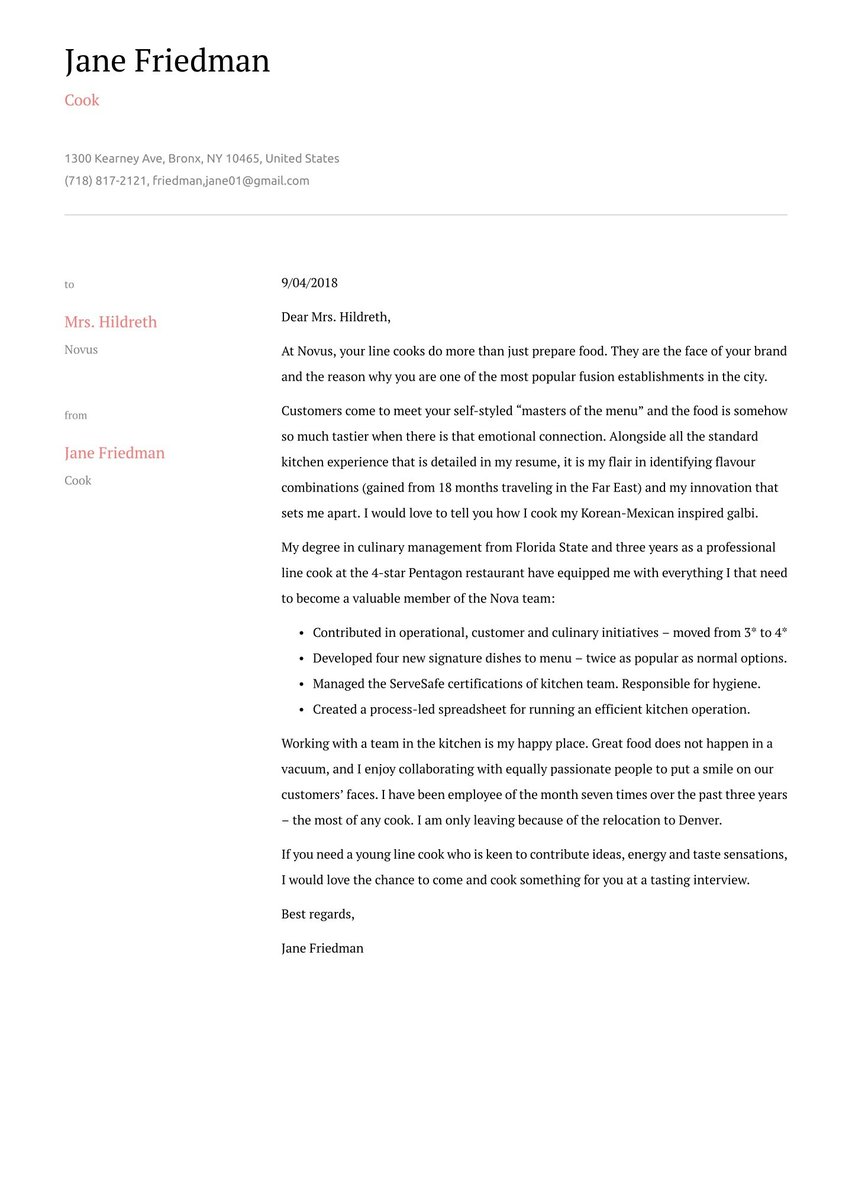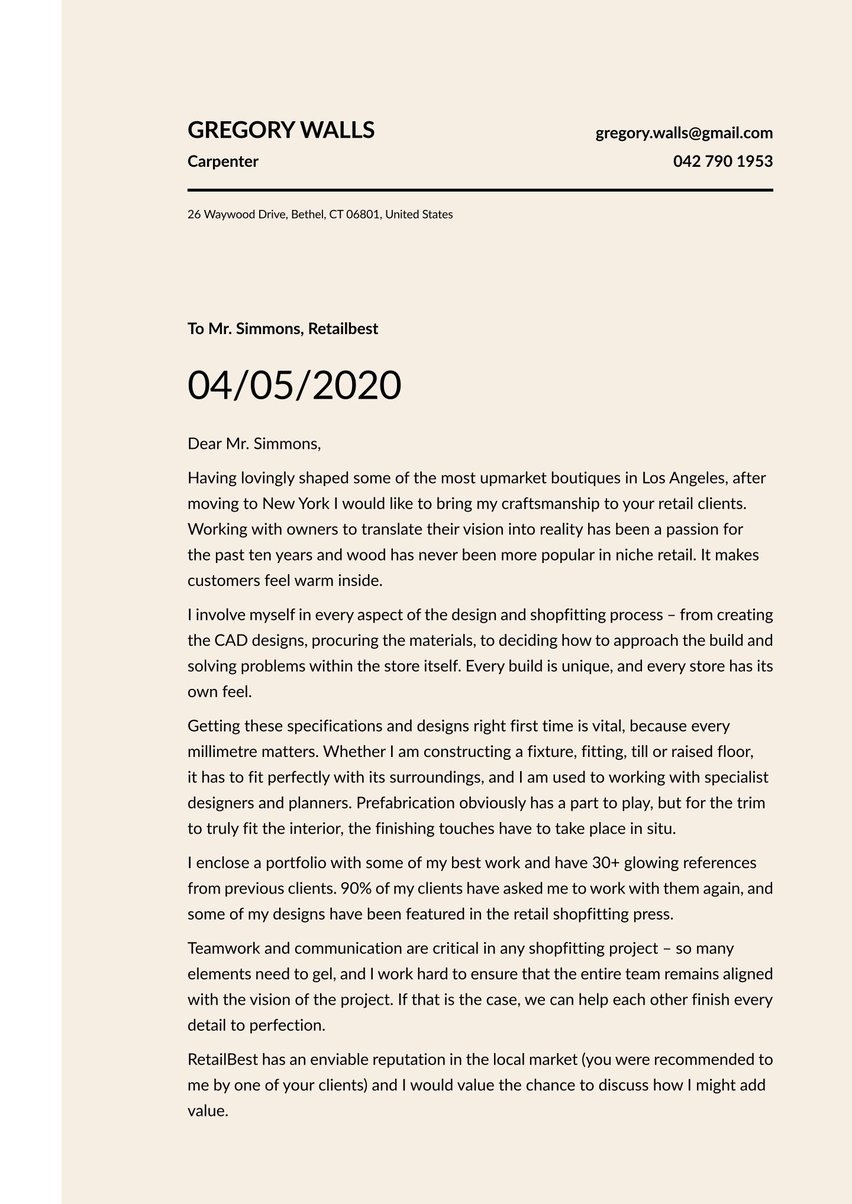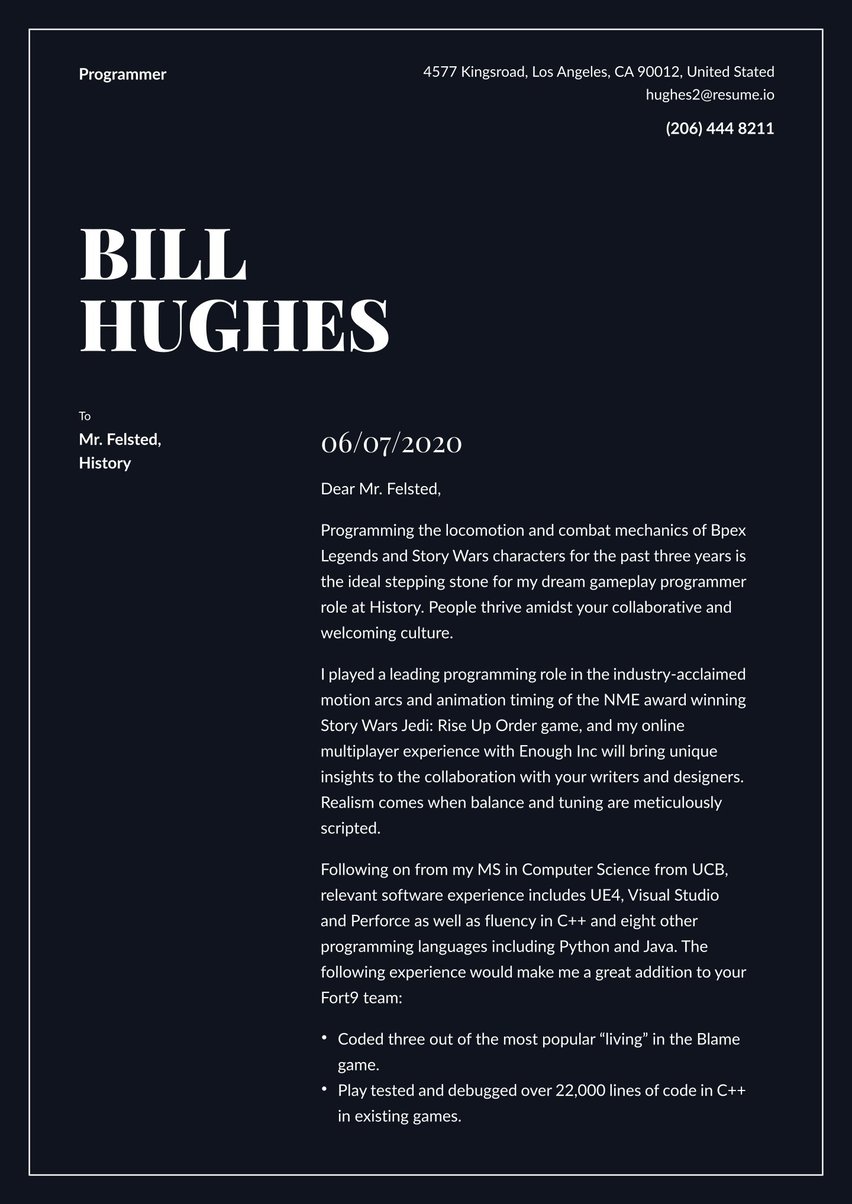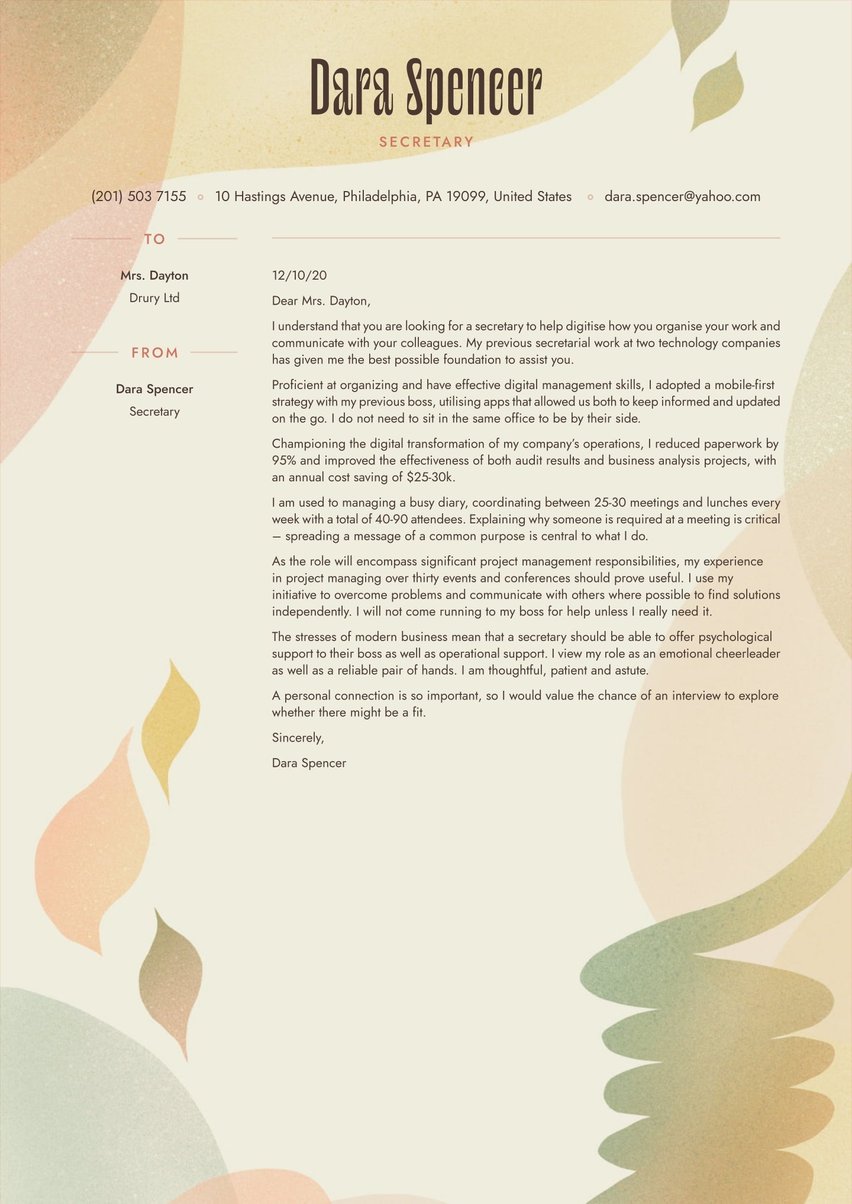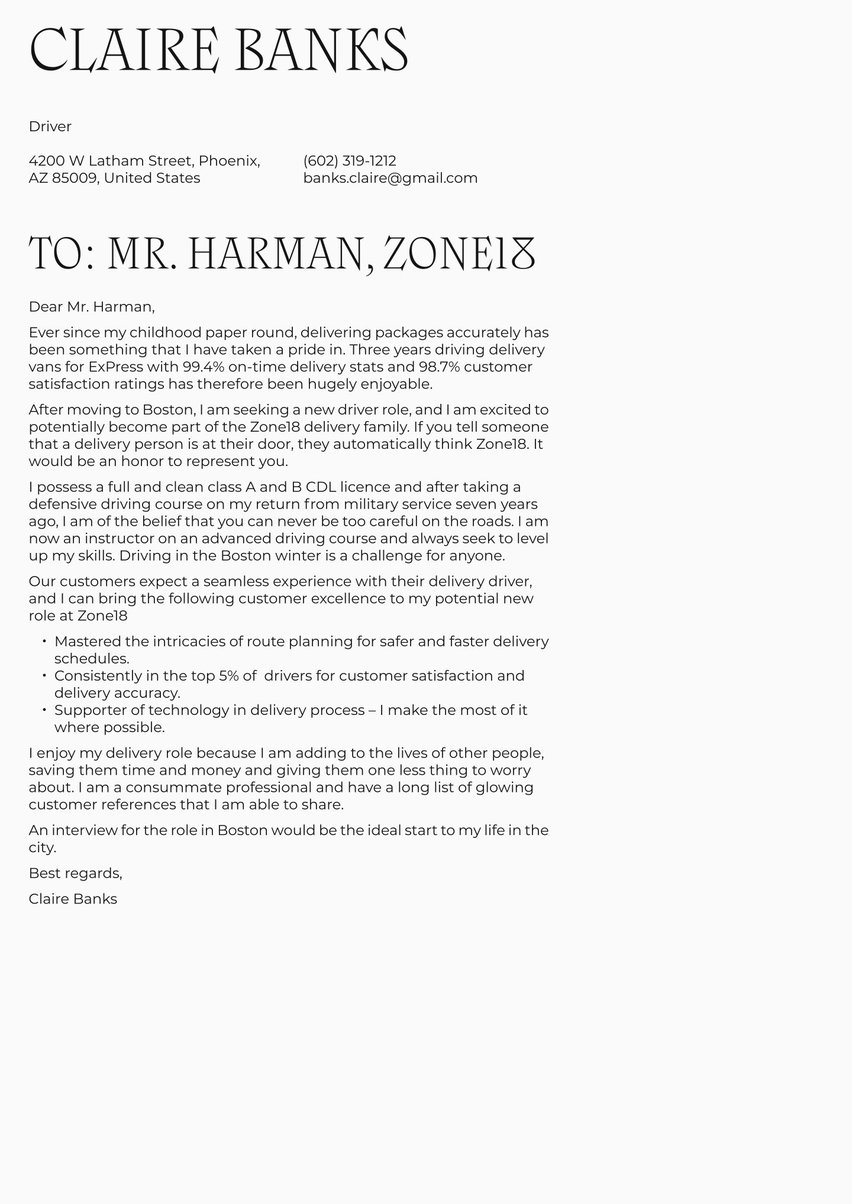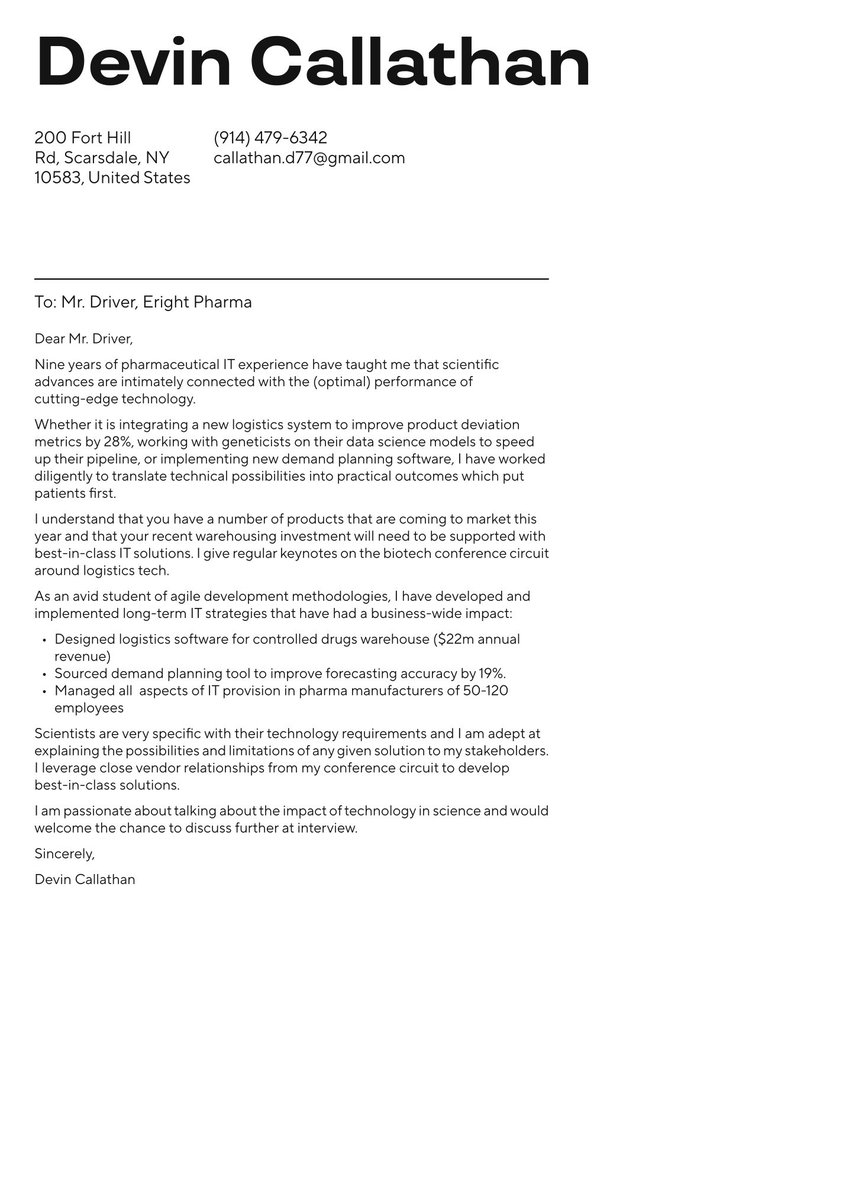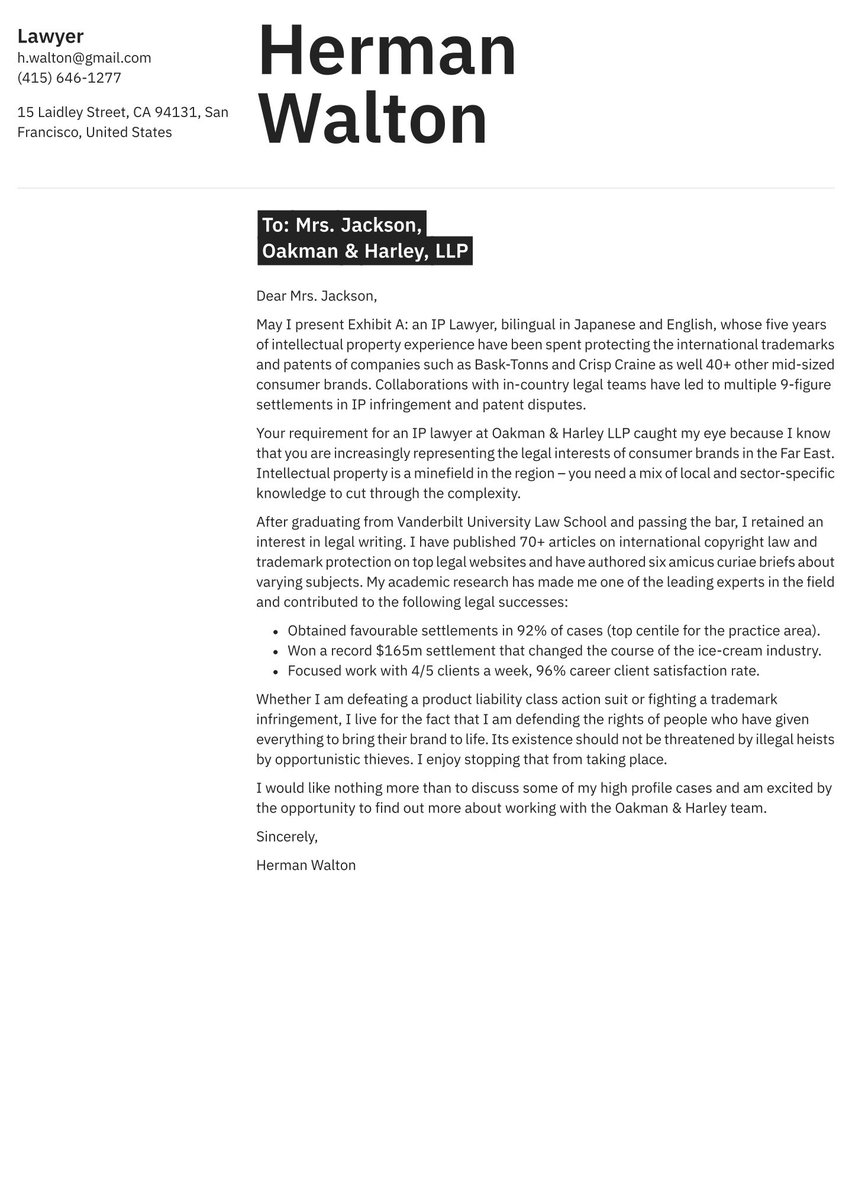They say a journalist is a machine that converts coffee into copy. The hours are long, the pay is low, but the satisfaction is eternal. Notice that the Justice Department didn’t bring down Richard Nixon — the Washington Post did.
Journalists write the first draft of history. They keep us informed, entertained and outraged. They are educated, intelligent, witty and nosy — they’re in the business of asking questions that are none of their business. They have long memories, short fuses, and a low tolerance for lies.
Journalism has undergone changes like few other professions, from the ink-stained wretches of the 19th century to the radio reporters of World War II to the network stars of CNN to the self-appointed blogger outing bad behavior on his block in the 2020s.
The advent of the internet sent print journalism into a tailspin not long after the year 2000. In the two decades since then, newspapers have seen massive layoffs, huge cutbacks and dizzying consolidations, and some have closed forever as the masses turned to online news sources. Broadcast news remains viable, but the days when you had to wait until 6 p.m. to find out what was going on in the world are forever gone.
Journalism in the 21st century is more democratic than ever — anyone can become a journalist, depending on how you define the word. Yet “old-school” journalists interested in the time-honored tradition of cultivating sources, reporting stories, pursuing investigations, and publishing or broadcasting the news should take heart from the fact that there are more venues, channels and platforms available to them than ever before.
Did you ever see a news website that had no use for writers, editors, photographers, videographers, designers or artists? That website would be a totally blank page. The delivery vehicles have changed, but the need for content creators is greater than ever.
Which brings us to our current topic — how to get a job in journalism. In the old days, you might get your start by being a “copy boy.” Nowadays, you’re going to need a resume and a cover letter.
You’ve come to the right place. Resume.io is a leading global provider of cover letter templates, online tools, as well as professional, occupation-specific cover letter examples to prepare them. And yes, many of our writers are (or used to be) stone-cold journalists.
For guidance on how to prepare your resume, consult our all-purpose guide on “How to write a resume.” But you’re going to need a proper journalism cover letter to go with it, and that’s what this article is about. The journalism cover letter example at the top provides a useful model.
What we’ll address here:
- Why a journalist needs a cover letter
- How to structure your cover letter
- How to design an irresistible cover letter
- How to write a persuasive cover letter
- Common mistakes to avoid
Let’s fire up the coffee pot and get started.
Why a journalist needs a cover letter
Most good journalists are good writers, even if they work as photographers, artists, designers or online producers. It’s rare to excel at anything in journalism without being a good writer, and we’re going to assume that’s what you are.
So you need to showcase your writing skills — and when applying for a job, there’s no better way to do that than in a cover letter.
To be brutal, it would be insane to apply for a journalism job without a cover letter. It would be like entering a cake-baking competition without a cake.
For a journalist, a cover letter literally demonstrates your skills at doing your job — being personable, making connections, telling stories, drawing conclusions, changing minds. It’s like a mathematician being asked to write an equation, or a chef to prepare a dish — it’s precisely what you do best.
Even if you want to be a dog groomer, you need a cover letter — you can’t just demonstrate your skills by sending the employer a dog you groomed. But in journalism, you can and you must demonstrate your skills by sending a well-written, well-argued, well-designed cover letter proving from the get-go that you’re good at what you do.
A recent survey of hiring managers found that one of the top reasons job applicants were ignored — in all fields — was their failure to include a cover letter. It’s an expected part of any job application, and if you don’t include one, you’re shooting yourself in the foot.
Best format for a journalism cover letter
If you’re a print reporter, you know the importance of structure — the lede, the nut graf, the body, the kicker. They say news stories are made up of notes, quotes and anecdotes, but they’re organized according to a coherent structure.
Good journalism cover letters don’t happen by accident — they are deliberately structured to deliver the desired results. Follow this cover letter structure to make sure your story doesn’t lose its way:
- Cover letter header
- Cover letter greeting
- Introduction
- Body of the letter
- Conclusion and call to action
- Sign-off.
This cover letter example for a journalism application will give you a starting point for your own letter:
Dear Mr. Hatherley,
Receiving my Story of the Year award from Dawson Heckham at the Sports News Awards made me understand just how much impact our words have on the soccer industry and its fan base. People love discussing sports, but they equally love reading an opinion and thinking through how their thoughts might differ.
Sports journalists help fans to relive those moments of magic through the medium of words, and with an average of 47.5m annual views of my articles, I hope that my six years at Soccer Media made an impact. A Senior Reporter position at a national publication would allow me to bring my unprecedented player and coach insights to a wider audience.
As a former academy soccer player and top college draft pick (while studying for a journalism degree), many of the biggest players have been my peers. My close relationships give me access to the stories behind what happens on the pitch. Anyone can understand that a goal is scored, but I explore the emotions behind the goals. I have broken some of the biggest soccer stories from the past years:
- Five exclusives exploring the development and player transfers of Miami United.
- Lead reporter for the soccer draft from 2017-2019, interviewing the future stars.
- My international expose around the agent bribery scandal won story of the year.
Prior to my journalism career, I worked for a leading MLS club as an assistant in their PR department for two years, running their blog as well as coordinating their press relations. I was one of the first in the industry to cultivate a successful social media presence.
I enclose a portfolio of my most popular articles for your interest and would welcome the opportunity to share my passion for the sport of soccer.
Sincerely,
Travis Jenner
Cover letter header
The top of your page must contain a header with your name, profession, address, phone and email. Omitting this info would be like printing a blank business card — nobody is ever going to know who you are, what you do or how to reach you.
Journalists understand the importance of good design, and that’s the second function of the header. When done right, it’s an attractive design element that makes the letter look good at a glance, before anyone has read the first word. This might mean a splash of color and/or creative use of typography, layout and white space. It should give the page an eye-pleasing look at arm’s length, prompting the reader to want to look closer.
Take a look at some of the free cover letter templates at resume.io to get an idea of what well-designed headers look like. Download one of these, enter your personal info, and you can save yourself a lot of trouble trying to design your own header.
Give your resume and cover letter a matching look
Your resume and cover letter should use the same fonts and formatting styles, and colors if any, so that’s it’s obvious they were designed by the same person and were meant to go together.
This gives you a “visual brand” and shows that you pay attention to detail, you understand the importance of coherent design, and you aren’t just randomly experimenting with new fonts and styles. It also makes the hiring manager associate a certain visual style with your name.
Cover letter greeting
“Dear John” is perhaps the most famous letter greeting ever, suggesting an imminent breakup, but yours can open the way to happier endings. “Dear Mr. X:” or “Dear Ms. Z:” are the traditional ways to open any business correspondence, including a journalism cover letter, and you should generally follow this format unless you have a good reason not to.
One thing is for sure: If your cover letter starts off with “Dear New York Times,” you are doomed. Whether you’re a film reviewer, an Africa correspondent or a digital graphics guru, you’re dead in the water if you haven’t even bothered to figure out which department to address your letter to, let alone who heads it.
Do everything in your power to find out who makes the hiring decisions for the job you want, and address your letter to that person. If no names are listed in the job post you’re responding to, use your superpowers as a journalist to find out. If web sleuthing fails, try the old-fashioned telephone — just call and ask.
Dear Mr. Hatherley,
Cover letter introduction
It’s time to write your lede, which is the most important part of any story because it comes first. Every day, millions of people scan news stories in print and online deciding whether to read them by glancing only at the first paragraph. If it grabs them, you’re in; if it doesn’t, they’ll move on.
You may need to devote more effort to your first paragraph than to the rest of the letter combined. Every good story needs a strong beginning, middle and end. If you’re only good at the middle and the end, you’re in trouble, because nobody will get past the beginning.
Do not open by saying “I’m writing this letter…” — the reader already knows you’re writing this letter. Do not say, “Please consider this letter my application for…” — just start writing the letter. Use active, provocative, interesting language that makes the reader want to keep reading.
Here’s an example of a journalist cover letter intro that really grabs attention:
Receiving my Story of the Year award from Dawson Heckham at the Sports News Awards made me understand just how much impact our words have on the soccer industry and its fan base. People love discussing sports, but they equally love reading an opinion and thinking through how their thoughts might differ.
Cover letter body
The best anecdotal lede fizzles out if you don’t get to the meat of the story soon. Some editors insist on a “nut graf,” one paragraph that describes the story in a nutshell, before it jumps to an inside page.
The same is true of a journalism cover letter — once you’ve hooked the reader, you need to get down to business pretty fast. Think of USA Today, where most stories that begin on the front page have to end there too.
In most cases, a cover letter should be a maximum of 400 words, contained to one page, and that requires extreme brevity.
In the body of your letter, the central two or three paragraphs, you must present the “nutshell” of your case — why your experience, skills and passions make you the ideal candidate for this job.
Experience is always key, so you must describe what you have done in this field to prove your chops. Don’t just describe where you worked or for how long, but tell stories about challenges you faced and how you overcame them. Be specific, using facts and figures wherever possible.
Sports journalists help fans to relive those moments of magic through the medium of words, and with an average of 47.5m annual views of my articles, I hope that my six years at Soccer Media made an impact. A Senior Reporter position at a national publication would allow me to bring my unprecedented player and coach insights to a wider audience.
As a former academy soccer player and top college draft pick (while studying for a journalism degree), many of the biggest players have been my peers. My close relationships give me access to the stories behind what happens on the pitch. Anyone can understand that a goal is scored, but I explore the emotions behind the goals. I have broken some of the biggest soccer stories from the past years:
- Five exclusives exploring the development and player transfers of Miami United.
- Lead reporter for the soccer draft from 2017-2019, interviewing the future stars.
- My international expose around the agent bribery scandal won story of the year.
Prior to my journalism career, I worked for a leading MLS club as an assistant in their PR department for two years, running their blog as well as coordinating their press relations. I was one of the first in the industry to cultivate a successful social media presence.
Cover letter conclusion
You want to end with a bang, not a whimper. You might offer a brief recap of what you’ve already said, and you might thank the reader for his or her time, but you must propose some kind of call to action. This can be as simple as saying that you’re looking forward to a response, or that you would be delighted to talk further about the skills you could bring to the table for the employer you’re targeting.
End on a confident (but not arrogant) note, looking forward to continuing the conversation you’ve started.
I enclose a portfolio of my most popular articles for your interest and would welcome the opportunity to share my passion for the sport of soccer.
Cover letter sign-off
Close with a simple “Sincerely,” “All my best,” “Best regards,” or whatever sounds right, and then type your full name below that.
To see all of these structural elements in an actual one-page letter, take a look at the journalism cover letter sample above.
Sincerely,
Travis Jenner
Cover letter for a journalist with no experience
A cover letter for a journalist with no experience requires a slightly different approach. It’s a tougher sell, but everyone has to start somewhere. If nobody could ever get a job without experience, then nobody on earth would have a job.
To write a cover letter if you’re a journalist with no experience, emphasize any credentials you have that are relevant. Include links to stories/photos/artwork you’ve produced, even if you were unpaid. Accentuate your successes, no matter how modest. Focus on your education more than your experience. Talk about your passion for journalism, even if your credentials are slim, and sell yourself with your writing skills.
If you’re still in school, or you’re looking to change careers to go into journalism, simply say so. Remember that once upon a time, the editor you’re writing to had no experience either.
How to write a persuasive journalism cover letter
No journalist succeeds by writing something that nobody wants to read, and the same is true of writing a cover letter for journalism. You have to find your target audience, and in this case your target is a hiring manager looking to hire a reliable professional.
So you have to try to get inside this person’s head a bit. What are editors looking for? They’re looking for professional, competent journalists who can consistently deliver newsworthy stories. They’re not looking for self-important prima donnas who think they’re God’s gift to journalism. You need the editor to like you and to want to work with you. Nobody wants to hire somebody they don’t like.
So, not unlike a reporter working your sources, you need to try to fit in, to walk and talk like the people you’re trying to influence. You need to use a little psychology to “read the mind” of the people whose help you need, and to demonstrate that you belong in their world. A cops reporter we know once agreed to be tased in the middle of a police station, on video, with all the cops gleefully watching, and he was their hero from that day forward.
Always remember that in a cover letter for journalism, you’re not trying to explain to anyone what you need or what you want. You’re trying to convince editors that they need you (or at least that they would benefit greatly from you on their team).
If you look at the journalism cover letter sample above, you’ll see that the author is neither demanding a job nor begging for one, but demonstrating that he offers value to the news organization he seeks to represent.
Common mistakes to avoid
According to the great newsman Joseph Pulitzer, the three biggest imperatives in journalism are “accuracy, accuracy, accuracy!” Here are some mistakes you can’t afford to make:
- Typos, misspellings, bad grammar and other writing errors. Simple English mistakes in a one-page journalism cover letter can be instant disqualifiers.
- Cover letter clichés and lazy language. If you use trite, hackneyed phrases, like saying you “think outside the box,” this proves the exact opposite — that you are not an original thinker and that you just borrow your ideas from others.
- Copy-paste letters sent to all: Every journalism cover letter should be unique and tailored to a specific employer, discussing its specific needs.
- Terrible design: If your cover letter for journalism looks awful at a glance, with ugly fonts too small to read, tiny margins or other design flaws, few editors will take you seriously.
Key takeaways
- Journalists play a key role in informing, persuading and entertaining the public, and despite the massive upheaval in this sector in recent years, the world will always need journalists.
- For journalists seeking jobs, a well-written, well-designed resume and cover letter are an essential part of any job application.
- Like a well-structured story, a good journalism cover letter adheres to a well-designed framework.
- To write a successful application letter for a journalism position, you need to get inside the mind of the editor and deliver what that person wants to read, not just what you want to write.
You can avoid a multitude of errors by starting with a cover letter sample from resume.io, using a pre-formatted, pre-designed template where the structure and design are already done. All that’s left for you to do is to write the letter.
Here are other creative cover letters to inspire you:


